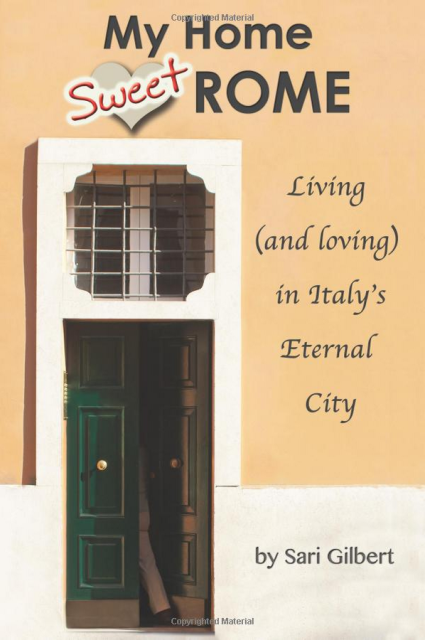About the Eternal City
There is a reasons why they call it the “Eternal City”. Three thousand years of uninterrupted history is something many of us would be wont to say. But do note that even the Romans of ancient times believed that their city, then the hub of what at the time seemed to be an all-powerful empire, was eternal and was lauded as such by Roman poets such as Ovid and Tibullus as far back as the first century BCE (before the Christian era) when the Empire was taking over from the Roman Republic and when it would have been difficult, no, impossible, to imagine the decay and destruction that would follow only five centuries later.
For example, when Virgil wrote the Aeneid beween 29 and 19 BC, creating a national legend that used the story of Aeneas (a Trojan) to form a mythological narrative tying Rome to the legends of Troy and glorifying the Roman emperors of the time as the descendants of heroes and gods, he made sure to put in a scene in which Jupiter tells Venus that he will give the Romans imperium sine fine, “an empire without end.” That, as we know now, was not to be. But since its supposed founding in 753 B.C., Rome has had close to 2,800 years of continuous human occupation, a near record in Europe.
Because of the vast geographic extent of the Empire, not to mention its long endurance, Rome’s language (Latin) institutions (such as the Senate), architecture and culture were to have a lasting influence on everything from religion and philosophy to government and law in much of what is now modern Europe, and even beyond. Regarded, along with Athens, as one of the birthplaces of Western civilization, it has always had a place of honor on the world map. Seat of the Roman Empire, of the Holy See, of the Papal States, the Kingdom of Italy and, since 1946,of the Italian Republic.


